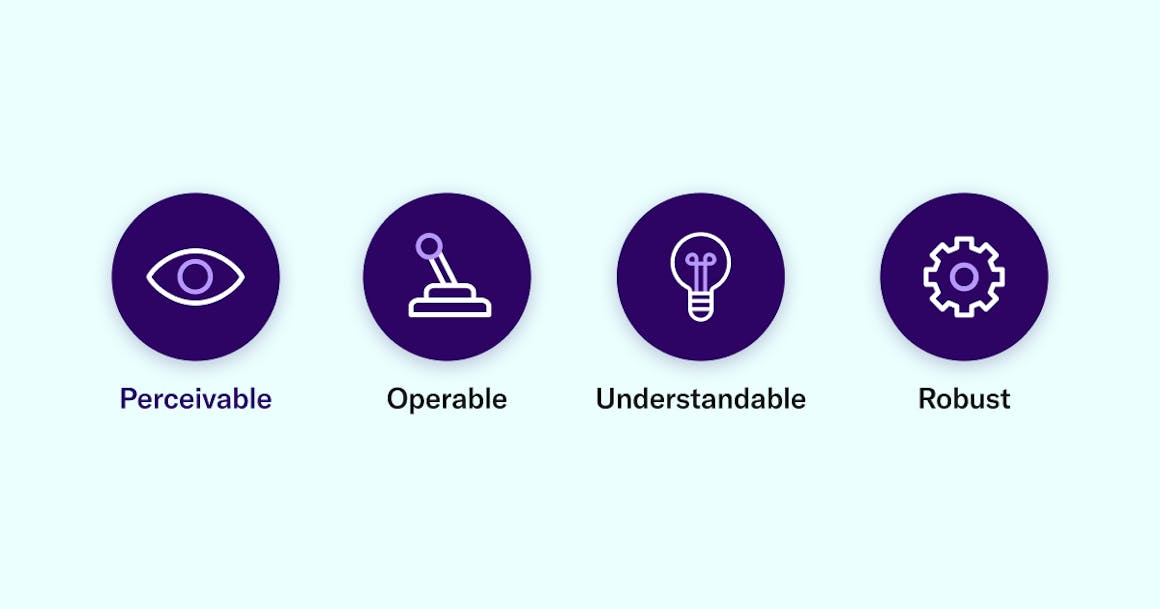Blitz News Digest
Stay updated with the latest trends and insights.
Access Granted: Making Your Website a Welcome Mat for Everyone
Unlock the secrets to creating an inviting website that welcomes all. Transform your online presence into a true digital welcome mat!
Creating an Inclusive Online Experience: Best Practices for Web Accessibility
Creating an inclusive online experience is vital in today’s digital landscape. One of the key components of this inclusivity is web accessibility, ensuring that your website can be used by everyone, including individuals with disabilities. Implementing best practices in web accessibility not only broadens your audience but also enhances the overall user experience. Some of the primary considerations include using alt text for images, ensuring adequate color contrast, and providing keyboard navigation options. These measures help users with visual impairments, cognitive disabilities, and those who rely on assistive technologies to interact with your content seamlessly.
Additionally, it is essential to adopt semantic HTML to structure your content appropriately, which aids screen readers in conveying information accurately. Incorporate ARIA (Accessible Rich Internet Applications) roles and properties to enhance dynamic content functionality. Regularly testing your website’s accessibility is recommended; tools like screen readers can help pinpoint areas for improvement. By prioritizing accessibility in your design and development processes, you not only comply with legal standards but also foster a sense of belonging for all users, making your website a truly inclusive space.

Understanding Web Accessibility: Why It Matters for Your Business
Web accessibility refers to the inclusive design of websites, tools, and technologies that ensures everyone, including people with disabilities, can perceive, understand, navigate, and interact with the web. It is crucial for businesses to recognize that an accessible website not only enhances user experience but also expands their potential customer base. According to estimates, over 1 billion people globally have some form of disability, which means that if your website is not accessible, you may be overlooking a significant segment of the market.
Moreover, adhering to web accessibility standards can also benefit your business in several ways. Firstly, it can improve your site's SEO, as search engines prefer accessible content. Secondly, it fosters a positive brand image, showing that you care about inclusivity and diversity. Lastly, many countries have regulations that mandate web accessibility, and non-compliance can lead to legal consequences. Therefore, investing in accessibility not only aligns with ethical practices but also enhances your business's bottom line.
Is Your Website a Barrier? Identifying Common Accessibility Pitfalls
In today’s digital landscape, ensuring that your website is accessible to all users is not just a best practice but a necessity. Many businesses inadvertently create barriers that hinder users with disabilities from accessing their content. Common accessibility pitfalls include insufficient text contrast, missing alternative text for images, and poor navigation structures. By identifying these issues, webmasters can take significant steps towards making their websites more inclusive and user-friendly.
Besides visual accessibility, consider the use of assistive technologies like screen readers. Websites often fail to be compatible with these tools due to improper HTML markup and lack of semantic structure. For instance, if headings are not used hierarchically, it can lead to confusion for these users. Additionally, forms without clear labels or error messages can create frustrating experiences, making it essential to evaluate these elements as part of your accessibility audit.